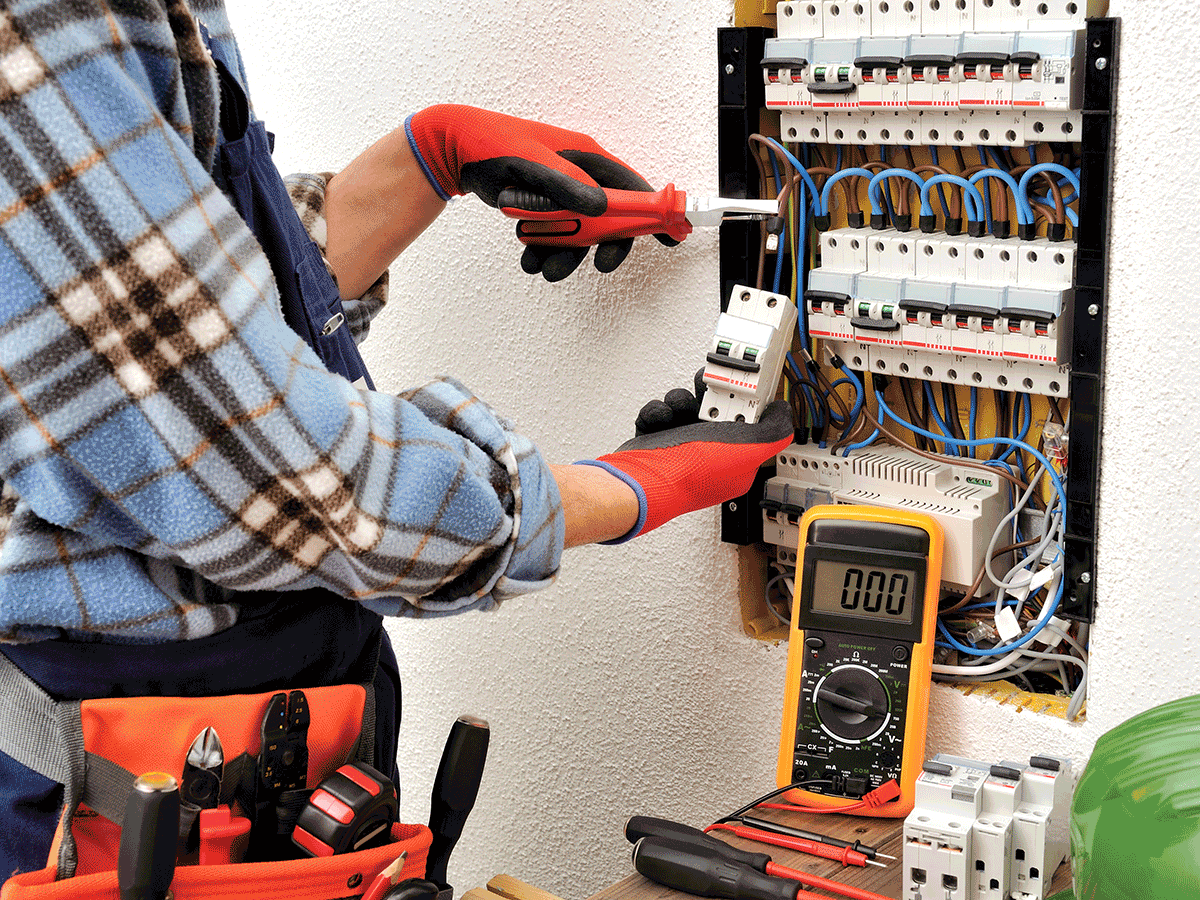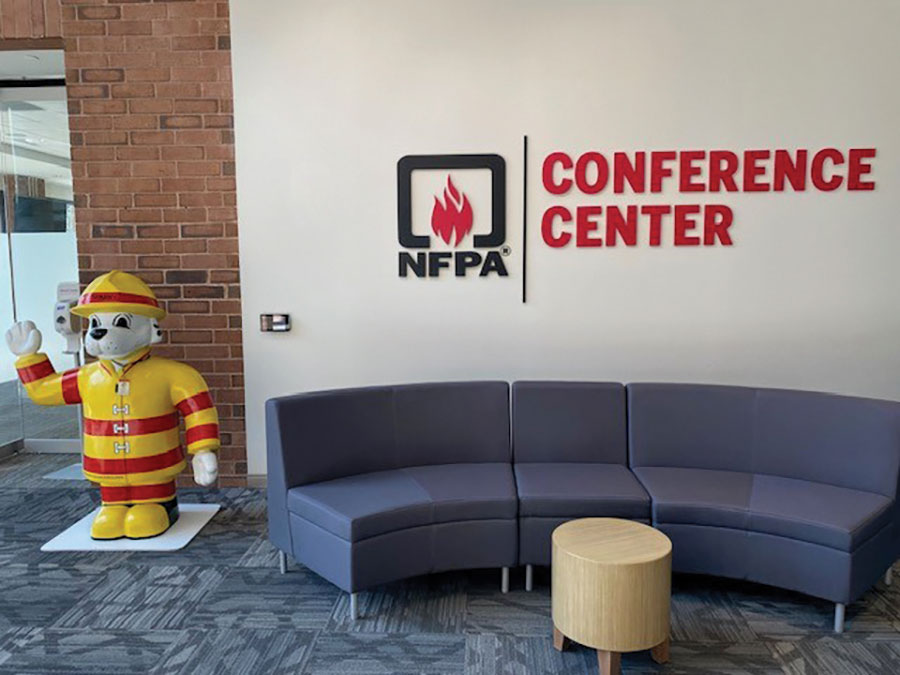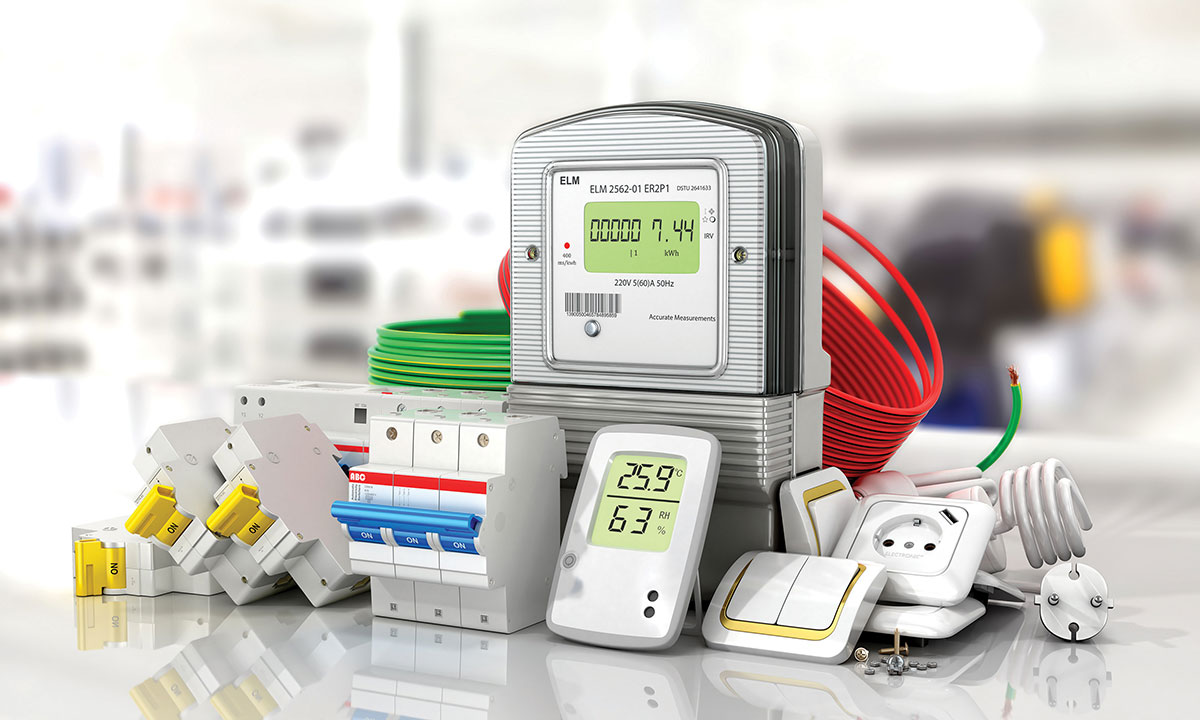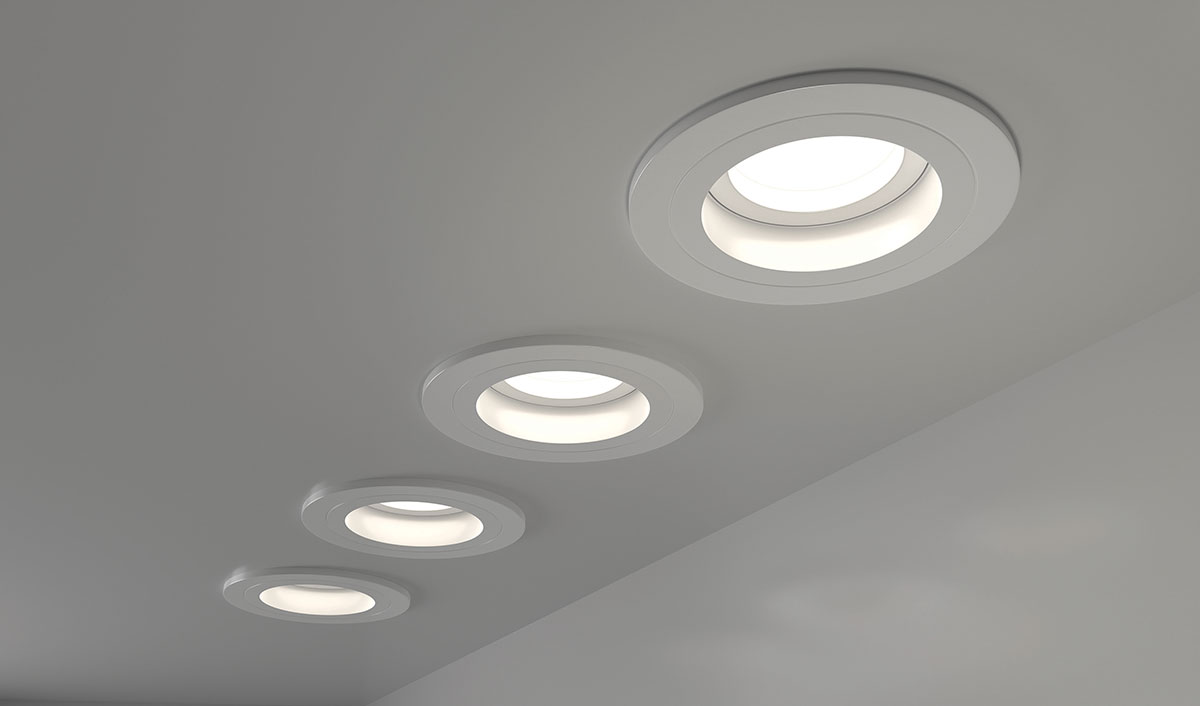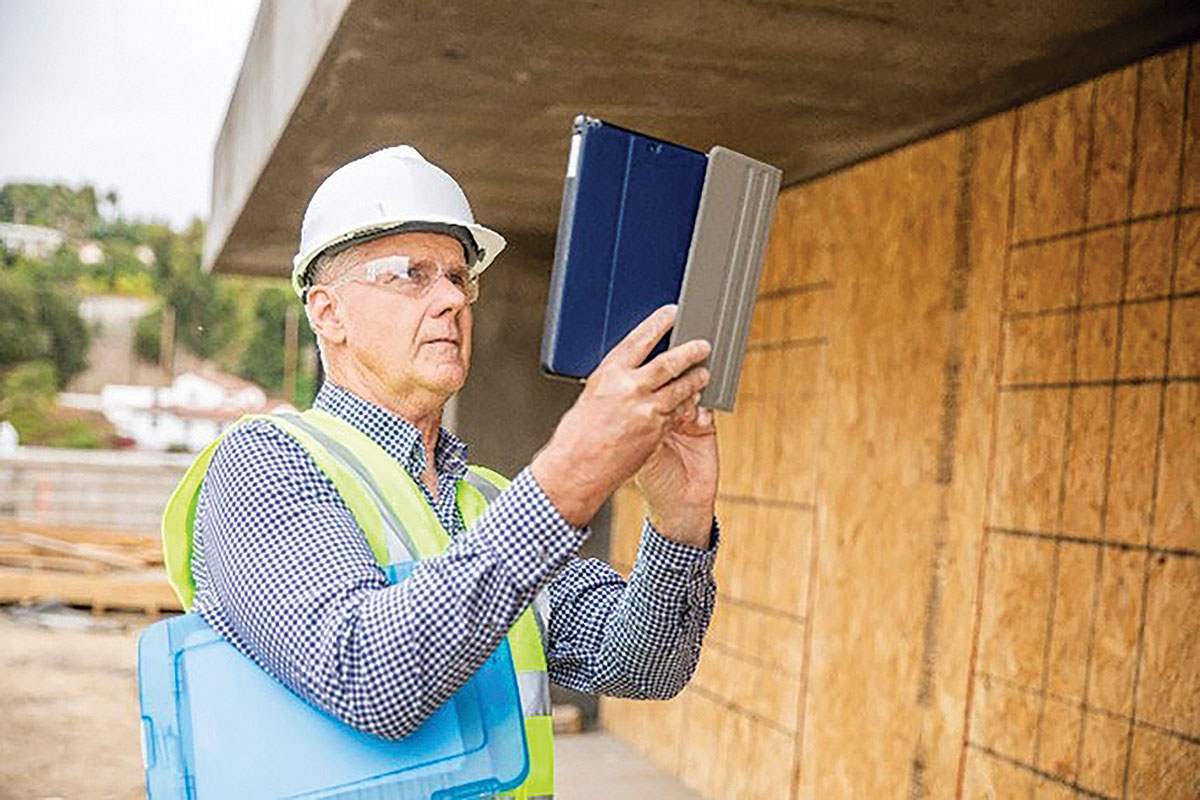Let’s examine what the Canadian Electrical Code Part I (CE Code) says with regards to electrical equipment maintenance.
Adhering to these cybersecurity standards helps to ensure protection of the devices themselves, the data they handle, and the broader network.
The goal of this article is to hopefully provide an insight of understanding on both sides of code enforcement as it relates to the construction industry.
Whether you are a master electrician or a fresh apprentice, a refresher on the basics of electrical tools and systems can help you stay safe on the job.
On April 23, 2024, members of the NFPA and IAEI met to strengthen professional relationships. IAEI wishes to thank the NFPA for their on-going support and collaboration in support of public safety.
Let’s discover the evolution of GFCI protection requirements for kitchen receptacles in dwelling units, from the 1987 NEC to the 2023 NEC.
Breaking down complex code topics can simplify the process of applying the NEC to electrical installations for code enforcers and installers.
Much has changed since 1937 and after 87 years, it is time to consider a change in NEC structure that will better address the electrical industry of today and the future.
How do I know if a luminaire can be used in a fire-resistive ceiling assembly? I see several recessed LED wafer lights that claim to have a 2-hour fire rating. What should I look for with these luminaires?
NFPA LiNK® is a tool that everyone, new or established workers, in the electrical industry needs in their tool belt.


